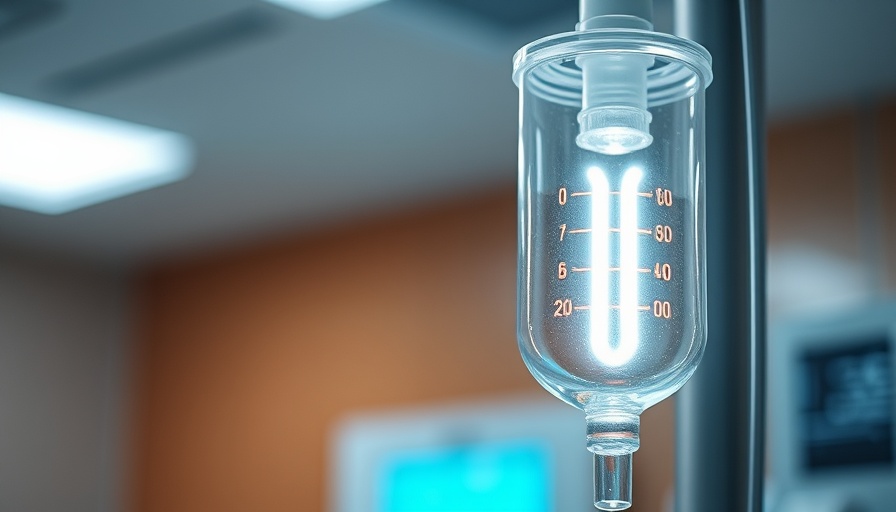
Understanding Chemotherapy: A Double-Edged Sword in Cancer Treatment
Chemotherapy remains one of the most prevalent treatments in the battle against cancer, yet its effectiveness often comes into question. Many wonder just how much it truly improves survival rates and patient quality of life. Given the steady increase in cancer diagnoses, understanding these nuances isn't just relevant—it's vital.
In 'Friday Favorites: How Effective Is Chemotherapy? And How Much Does It Improve Survival?', the discussion dives into the effectiveness of chemotherapy in treating cancer, prompting a deeper analysis of its implications on patient care.
The Proliferation of Cancer Cases: Are We Losing the War?
Despite advancements and the introduction of numerous anticancer drugs, the statistics speak for themselves: cancer incidence rates continue to rise. The grim analogy of the war on cancer highlights this persistent struggle. Just like the war on terror, no matter how many strategies are enacted, eradicating cancer remains an elusive goal. The cumulative investment in research and treatments hasn't translated into significant improvements in patient outcomes.
The Cost of Cancer: Financial Toxicity Explained
"Financial toxicity" is a term that resonates with many cancer patients and their families. High costs associated with chemotherapy can lead to financial ruin, causing patients to consider drastic measures, such as declaring bankruptcy or selling their homes. The staggering average cost for stage IV breast cancer treatment can exceed $190,000. This financial strain compounds the already daunting challenges of battling disease, forcing patients to confront not only their health but their financial stability.
FDA Approvals: The Need for Stringent Evidence
One startling aspect of chemotherapy treatments is how FDA approvals are often based on surrogate endpoints rather than actual patient outcomes. For example, drugs may gain approval due to tumor shrinkage rather than actual improvements in survival rates or quality of life measures. This creates a flawed system where costs soar yet benefits dwindle. Alarmingly, a significant proportion of these treatments fail to deliver clinically meaningful benefits once in the market.
Perception vs. Reality: What Patients Want to Know
Patients typically hope for substantial recovery chances; however, many are unaware that most chemotherapies do not guarantee a cure. The average survival benefit from new chemotherapy drugs is about 2.1 months, which is often considerably less than patients initially anticipate. Strong communication between oncologists and patients is crucial, yet discrepancies remain—many patients do not fully understand that chemotherapy is often palliative and not curative.
Consequences of Chemotherapy: The Harsh Truth
Selecting chemotherapy is a deeply personal decision laden with risks, particularly since many treatments can cause significant side effects. The collateral damage inflicted on healthy cells often leaves patients grappling with debilitating symptoms. Despite the heavy toll on health and well-being, the lure of even marginal survival benefits can be compelling. However, it is essential to contextualize whether these few extra weeks of life justify the severe impact on quality of life.
The Need for Patient-Centric Policy Reform
The current landscape signifies a pressing need for reform in the regulatory systems that govern drug approvals. Policymakers should prioritize mandates that ensure drugs improve the quality of life and extend survival. Such reforms could create a more patient-centric approach, where individuals have the accurate information needed to make informed choices about their treatment options.
Encouraging Better Choices for Cancer Patients
As an ongoing dialogue about chemotherapy continues, it's paramount to share information about potential alternatives that may offer better patient outcomes without the extensive side effects associated with standard chemotherapy protocols. Comprehensive discussions that empower patients to weigh their risks and benefits can help facilitate more informed choices, ultimately fostering a health system that values both life and the quality of life.
Understanding the complexities of cancer treatment is essential for patients and families alike. Through better education and systemic reform, we can hope for a future where the fight against cancer is not just about survival, but about living well.
 Add Row
Add Row  Add
Add 







Write A Comment